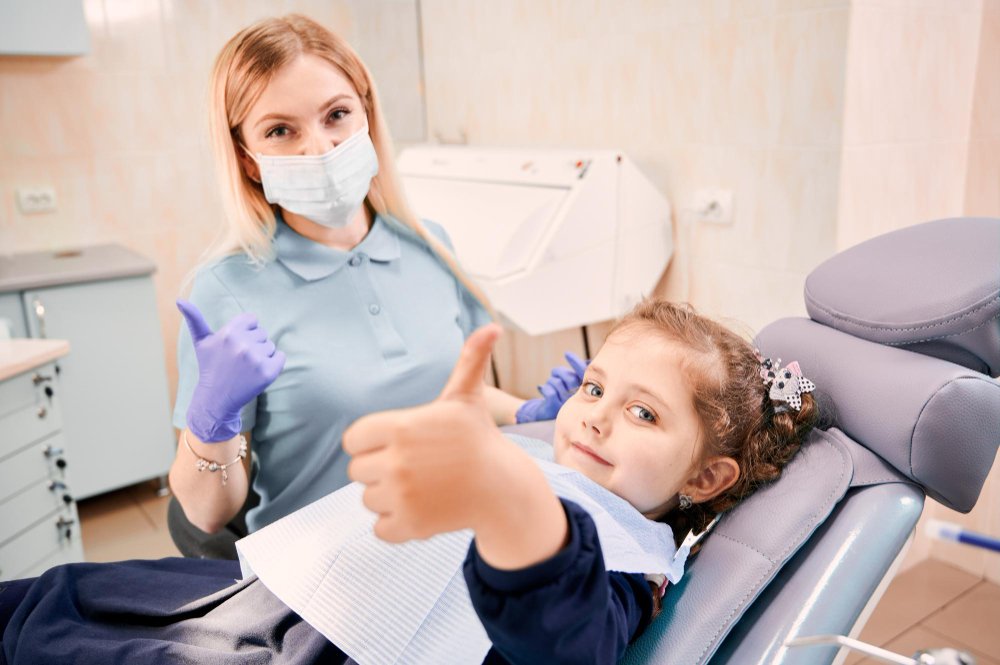Facial trauma encompasses a wide range of injuries affecting the bones, soft tissues, and structures of the face, often resulting from accidents, falls, assaults, or sports-related incidents. Best Dental Hospital in Dilshad Garden While facial trauma can vary in severity, it can have significant physical, functional, and psychological implications. In this article, we’ll explore the causes, types, treatment options, and recovery process associated with facial trauma.
To Know More About It Please Click Here
Causes and Types of Facial Trauma:
Facial trauma can occur due to various factors, including:
- Accidents: Motor vehicle accidents, falls, and workplace injuries are common causes of facial trauma, often resulting in fractures, lacerations, or soft tissue injuries.
- Assaults: Physical assaults, domestic violence, and altercations can lead to blunt force trauma, penetrating injuries, or fractures to the face.
- Sports Injuries: High-impact sports such as football, basketball, and martial arts can increase the risk of facial injuries, including fractures, contusions, and dental trauma.
- Medical Conditions: Certain medical conditions such as osteoporosis or bone diseases may predispose individuals to fractures with minimal trauma.
Facial trauma can manifest in various forms, including:
- Soft Tissue Injuries: Contusions, lacerations, abrasions, and avulsions affecting the skin, muscles, or blood vessels of the face.
- Bone Fractures: Fractures involving the bones of the face, including the nose (nasal fractures), cheekbones (zygomatic fractures), jaw (mandibular fractures), and orbital bones (orbital fractures).
- Dental Trauma: Injuries to the teeth, gums, or supporting structures, such as tooth fractures, avulsions (knocked-out teeth), or jaw dislocations.
Treatment Options for Facial Trauma:
The management of facial trauma depends on the type, severity, and extent of the injury. Treatment options may include:
- Emergency Care: Immediate medical attention is crucial for assessing and stabilizing patients with facial trauma, particularly in cases involving severe bleeding, airway compromise, or head injuries.
- Diagnostic Imaging: Imaging studies such as X-rays, CT scans, or MRI scans may be performed to evaluate the extent of facial injuries, identify fractures, and assess soft tissue involvement.
- Reduction and Fixation: Depending on the type of fracture, reduction (realigning) and fixation (immobilization) may be necessary to restore normal anatomy and function. This may involve surgical procedures such as open reduction and internal fixation (ORIF) or closed reduction techniques.
- Wound Care: Proper wound care is essential for preventing infection and promoting the healing of soft tissue injuries. This may include cleaning, debridement, suturing, or tissue grafting, depending on the severity of the injury.
- Dental Treatment: Dental trauma often requires prompt evaluation and intervention by a dentist or oral surgeon to address tooth fractures, avulsions, or other dental injuries.
Recovery Process and Rehabilitation:
The recovery process following facial trauma can vary widely depending on the extent of the injury and the type of treatment received. Patients may experience swelling, bruising, pain, and difficulty eating, speaking, or breathing in the immediate aftermath of trauma.
Rehabilitation may involve:
- Pain Management: Medications such as analgesics or anti-inflammatory drugs may be prescribed to manage pain and discomfort during the healing process.
- Follow-up Care: Regular follow-up appointments with healthcare providers are essential for monitoring progress, assessing healing, and addressing any complications.
- Physical Therapy: In cases of severe trauma or facial fractures involving the jaw or facial muscles, physical therapy may be recommended to improve range of motion, strength, and function.
- Psychological Support: Facial trauma can have profound psychological effects, including anxiety, depression, or body image issues. Counseling or support groups may be beneficial for addressing emotional and psychological challenges associated with facial injuries.
To Know More About It Please Click Here
Conclusion:
Facial trauma can have significant physical, functional, and psychological consequences, requiring prompt assessment, appropriate treatment, and comprehensive rehabilitation. By understanding the causes, types, treatment options, and recovery process associated with facial trauma, patients and healthcare providers can work together to optimize outcomes and restore facial function and aesthetics effectively.




